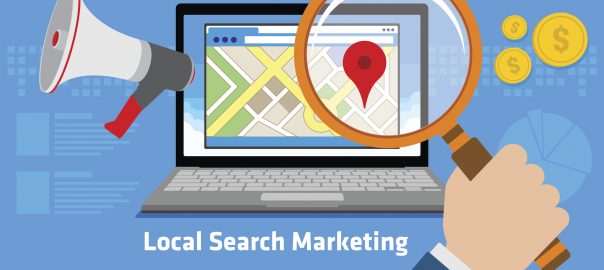The Best Website Optimization and Lead Generation Techniques for Renovation Companies
THE BEST WEBSITE OPTIMIZATION AND LEAD GENERATION TECHNIQUES FOR RENOVATION COMPANIES
The renovation business is highly competitive. One way you can get an edge over the competition is through a strong online presence that can effectively capture leads so you can grow your business. To create a web presence, you must first build a strong website and fully utilize your social media accounts so you can attract the audience that can potentially become your leads.
If you don’t have a website, now is the time to get one and integrate clean code, image optimization, keyword optimized title tags, page titles that contain keywords, and meta descriptions that have the relevant search terms. You want a clean design that can be easily followed by visitors. You also want a compelling blog that is updated regularly so you can keep your content fresh and utilize more relevant keywords. Blog posts also give you more shareable content, which is important for engaging and growing your audience.
Key Components of Renovation Website Optimization

Properly optimizing your website also involves experimentation. You will optimize, check the analytics, and make the appropriate changes so the website performs. You will keep measuring results until the changes you make start to make the numbers settle where you want them to be. For instance, your bounce rate may be too high. This indicates that you need to make your homepage more engaging. Perhaps it is too cluttered with videos, pictures, and even text. Too much text on a homepage can cause a person to run away in a heartbeat. Get to the point quickly without sacrificing the SEO, and your chances of having a winning homepage increase.
With a tool like Google Analytics, you can look at individual pages that visitors aren’t clicking through. You can change those pages to alter the results and see what works the best. Compare poorly performing pages with those that perform well, and note the differences so you can integrate the positive differences into the poorly performing pages.
Many times, the changes have to do with the keywords that are being used, content that is too long, or content that isn’t answering the questions that people have when they arrive at the website.
Make sure you have social share buttons on your pages and blog posts so visitors can easily share. This is especially useful for people visiting via their mobile devices because it’s not easy for a mobile user to copy a URL and then go to the desired social media site and paste the link in a status update. That’s a lot of work. A social media share button makes sharing a lot easier, which is going to help you get the leads that you want.
Capturing Leads

Once the site is optimized, particularly in the content department, a person may be more likely to provide their contact information. You can gather leads for your renovation company by putting up a subscribe form so you can capture their email addresses. With that email address, you can send out a newsletter, email updates, tips, and more. The more valuable the content, the more you will be trusted. That trust starts with whatever is on the page that makes them want to give you their information. What you are doing is generating an organic interest in what you are offering. If someone is thinking about renovating their kitchen but they aren’t sure that’s what they want to do, you want to put content on your site that can convince them to inquire with you or join your email list.
There is a formula that can help you, and it goes like this:
- Attract the audience through your keyword optimized content, engaging blog posts, and social media posts.
- Convert the audience to prospects with engaging landing pages that contain forms and calls to action that encourage the visitors to take the desired step.
- Close the lead transaction with an email thanking them for joining your list or contacting you.
- Delight the prospect with great content, surveys, and other engaging elements that build trust.
From there, you can offer coupons and other items that will make your leads want to do business with you. Offers are wonderful tools for getting that person who is thinking about a renovation to take that step. Perhaps money is the issue. If you have a payment plan or financing that they can apply for, letting them know may give them exactly what they’re looking for to finally go through with the renovation of their dreams.
Do It Right and Win

If you correctly optimize your website and create engaging content that will turn visitors into leads, you can have that edge over the competition that you’ve been seeking. As you build your list of leads, you will notice that your customer list will grow as well.










